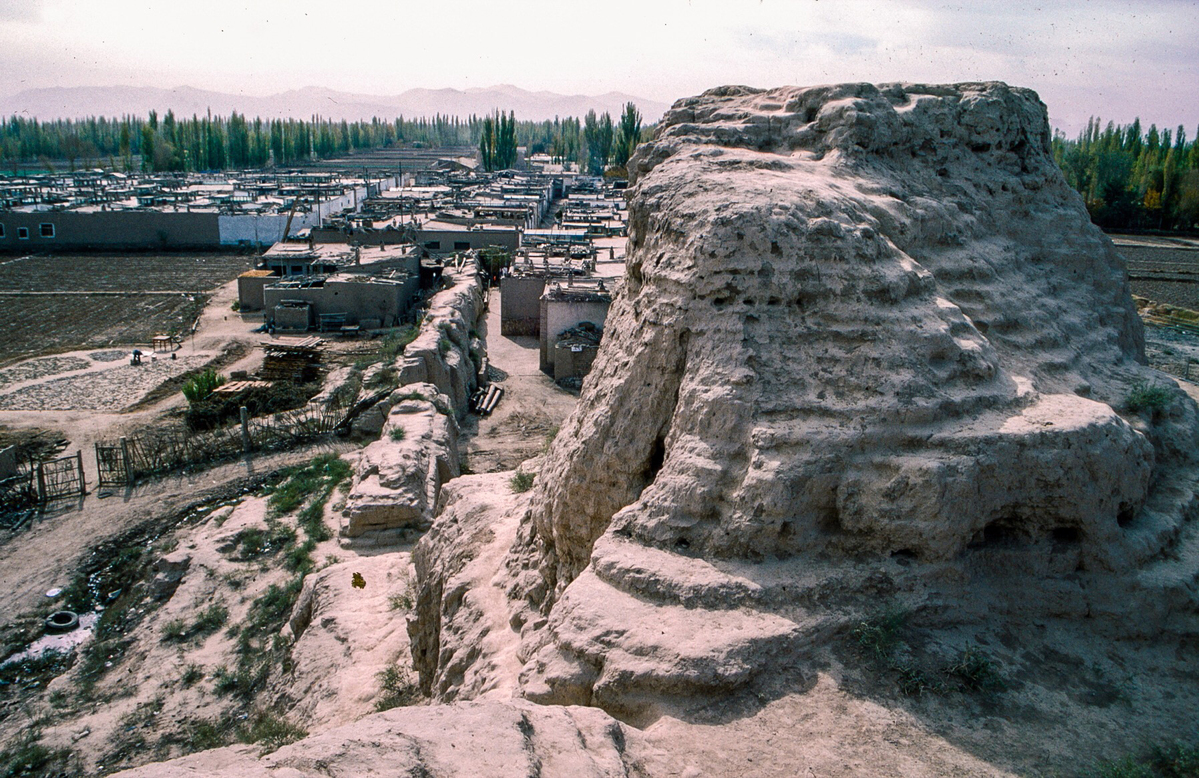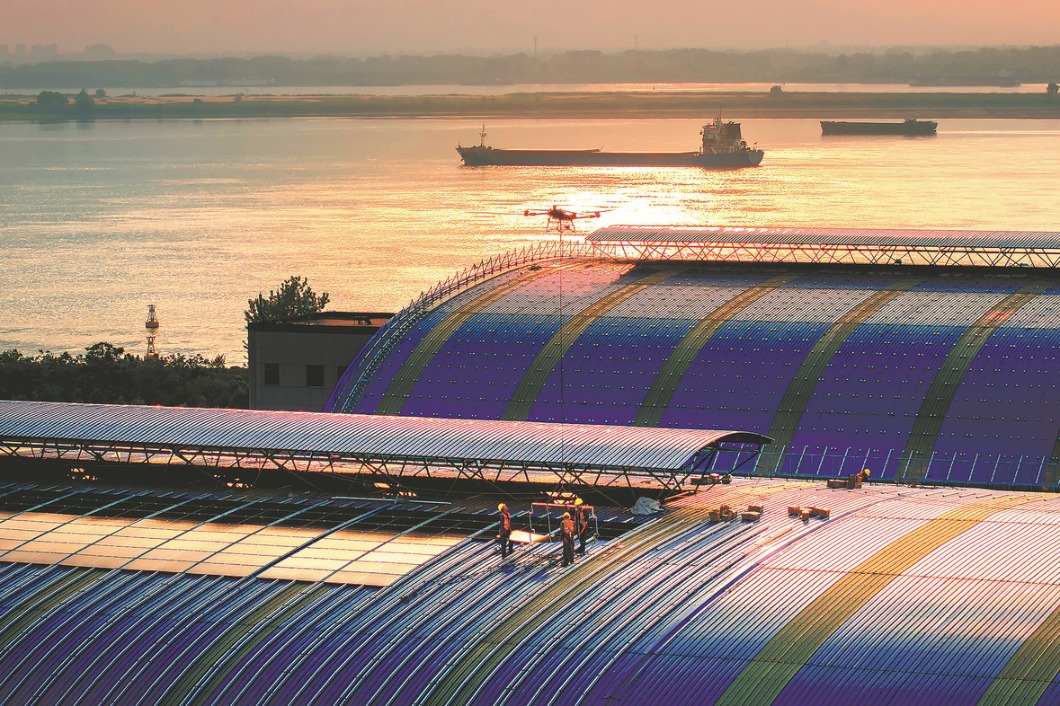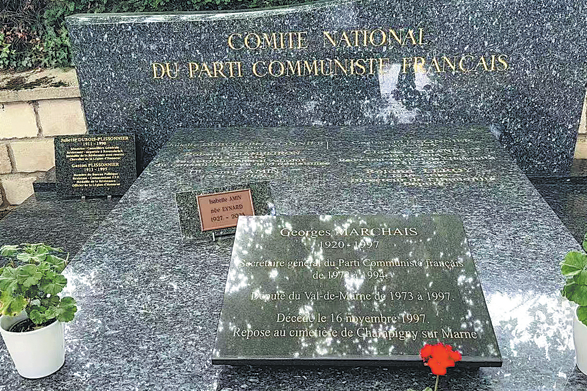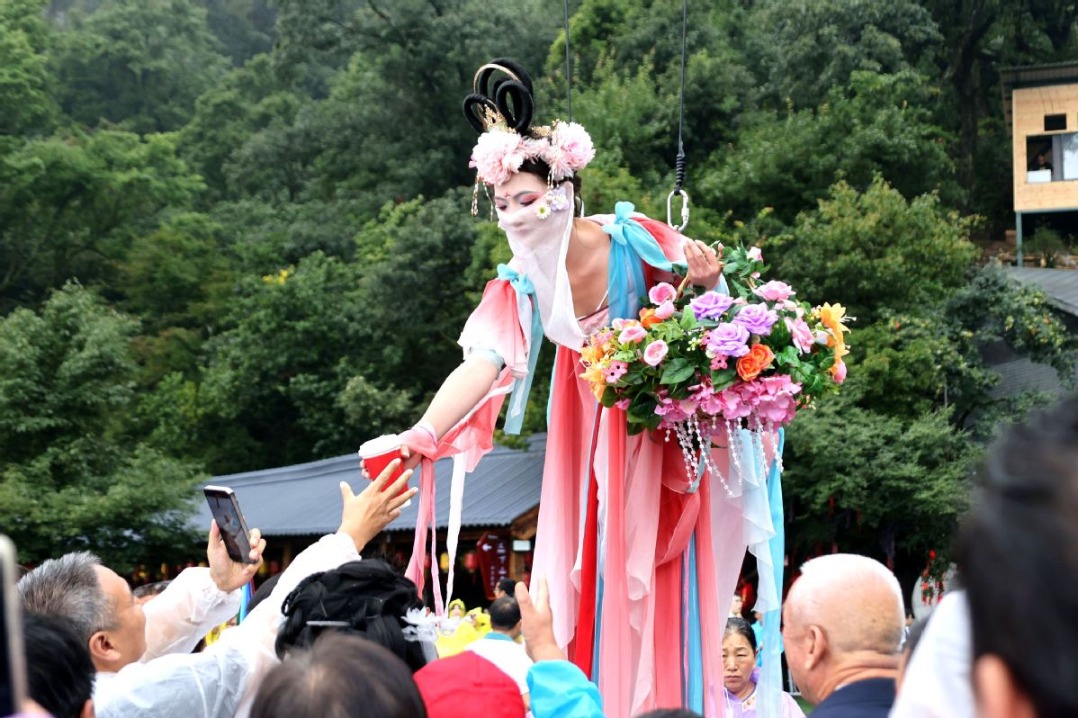A Geographer in the desert - Experiencing Dunhuang in the mid-1990's


Soon I was wandering through the older alleys of this oasis whose survival historically has been dependent on water supplies being locally available. Passing through an arched gateway I came to a square where a daytime market would bustle but by evening was filled with food stalls offering round flat breads and spicy lamb kebabs. Sitting there, enjoying the sounds of local music, I read up on the history and strategic importance of Dunhuang.
During the Tang Dynasty, the area was known as Shazhou or 'sand district', referring to its gravelly, stony expanses bordered by a sea of dunes. At the mouth of the Hexi Corridor, it formed a meeting point of trade routes circulating around the north and south of the Taklamakan desert wastes of southeastern Xinjiang. Dunhuang was where provisions were acquired before traders set off on those long-haul camel caravan treks or gained respite before journeying eastwards towards Lanzhou. Merchandise being shipped in both directions was traded in the town's markets. In the surrounding area early traces of settlement go back to a Han garrison town founded in 121 BC.


































